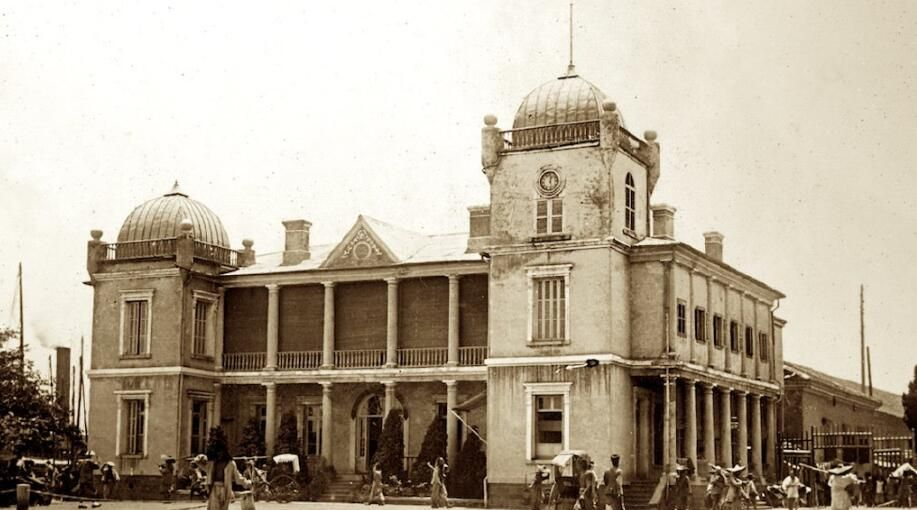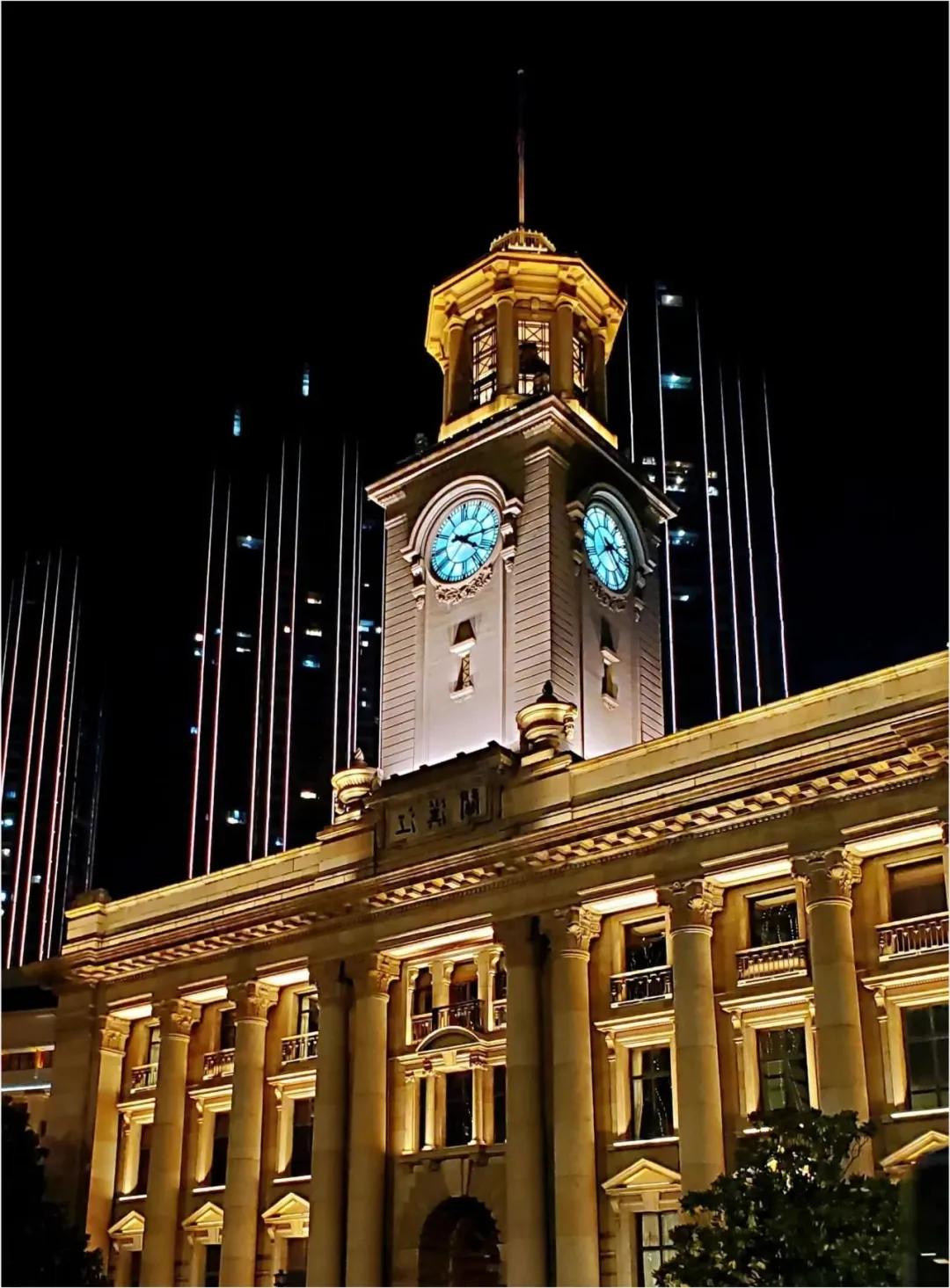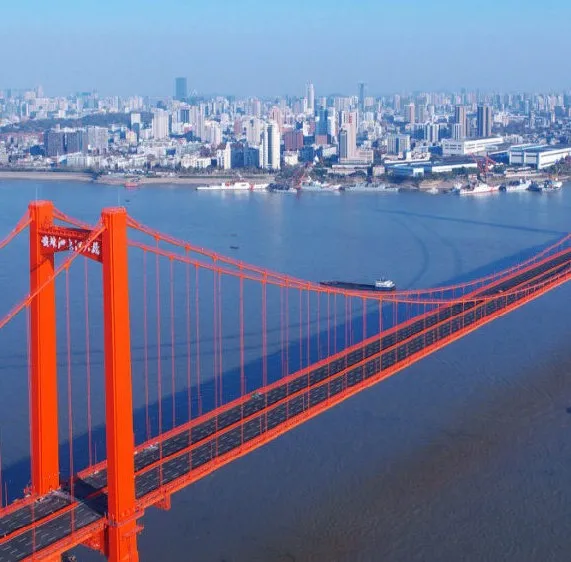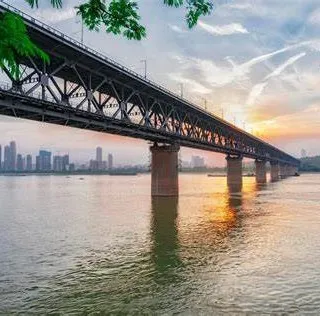The river wind blows
In the middle of China, there is a city with a long history, where the Yangtze River and the Han River meet, forming a unique geographical advantage. Since ancient times, the literati have left a famous masterpiece here, and the soldiers regard it as a must-win place. Today, it is still an important town of China's economy, transportation and culture. You may have heard of this city —WuHan.

People who have been to Wuhan will be impressed by many exotic buildings in Hankou, which is an important historical and cultural heritage of Wuhan - Hankou Concession Complex. Hankou Concession is the Hankou Old Concession area, located between Zhongshan Avenue and Yanjiang Avenue in Jiangan District, Wuhan City. It is the general name of modern British, French, Russian, Japanese, German and Belgian concessions.

These buildings used to be foreign embassies, business offices, trading companies, churches, restaurants and other places, and they have different styles, from classical style and Renaissance style to Byzantine style, Baroque style... It's a living architectural museum. They have witnessed the changes of Hankou and even modern China and have profound historical and cultural significance.

For those who have a limited stay and want to see the scenery of the concession buildings, a trip to the Jianghan Road walking Street is the most cost-effective choice. This length of 1600 meters on both sides of the commercial street are lined up with "foreign" buildings, pedestrians in an endless stream during the day, the figure and neon interwoven at night, but also colorful, "the world's first pedestrian street" worthy of the name.

At the end of the pedestrian street stands the solemn and elegant Jianghan Pass Building, which is the core building of Hankou Concession. The building was completed in 1924, covering an area of 1499 square meters, construction area of 4359 square meters, the total height of 45.85 meters, the highest building in Wuhan at that time. The building is of the British classical architectural style, absorbing the Italian Renaissance architectural style and the French classical architectural style on the basis of the ancient Greek and Roman architectural styles. It consists of a five-story main building and a four-story bell tower on top of it. According to the internal information of the Jianghan Pass Museum, its main function at that time was "to inspect, value, collect taxes, and inspect goods imported and exported through Hankou, as well as to manage non-trade postal items for personal use by foreigners and Chinese residents entering and leaving the country." At the same time, it is also responsible for port affairs, waterway, water diversion, meteorological, postal, quarantine and customs management." Every day from 8 a.m. to 12 p.m. and from 14 p.m. to 21 p.m., the "Westminster Bell" is played at Jianghan Pass on the hour and the bell is rung.
Although Jianghan Pass has cancelled the New Year bell ringing activity for several years, and temporary traffic control will be implemented in order to avoid security risks caused by mass gatherings, many people still countdown to the New Year here on the evening of December 31 every year, releasing balloons to express their beautiful vision for the New Year. Why go to a silent covenant? Youth and enthusiasm are the answer.


Night by ferry, the river wind blowing, "ancient and modern many things, all pay in laughter.”
